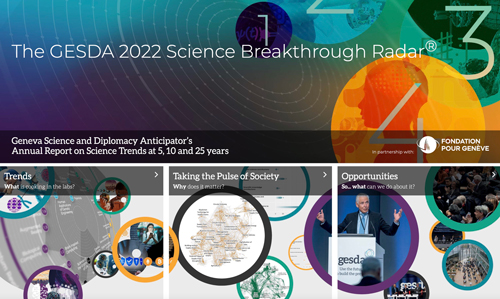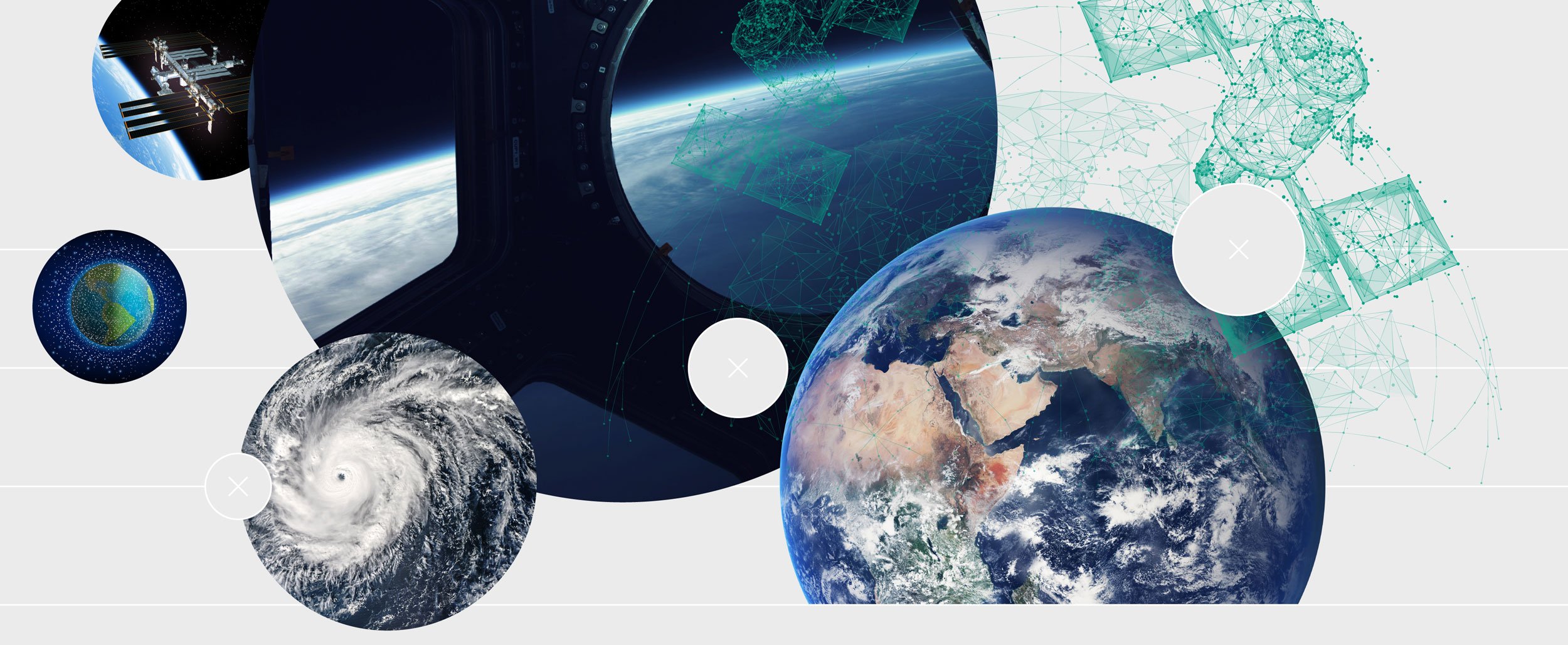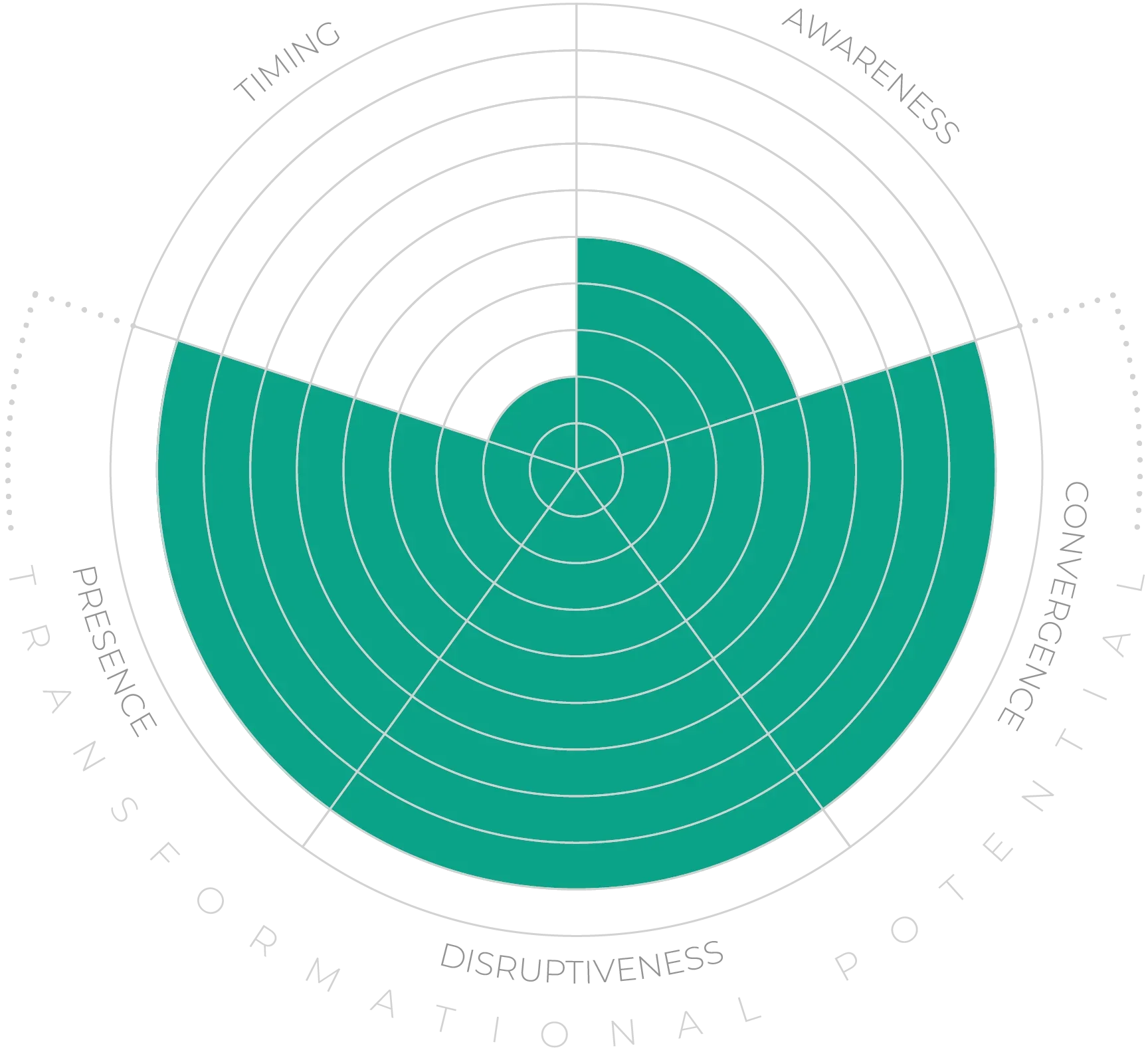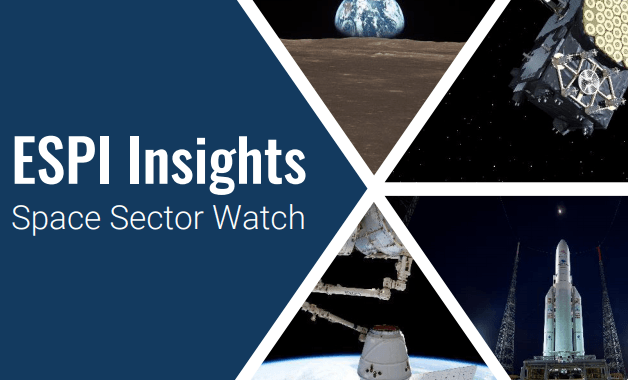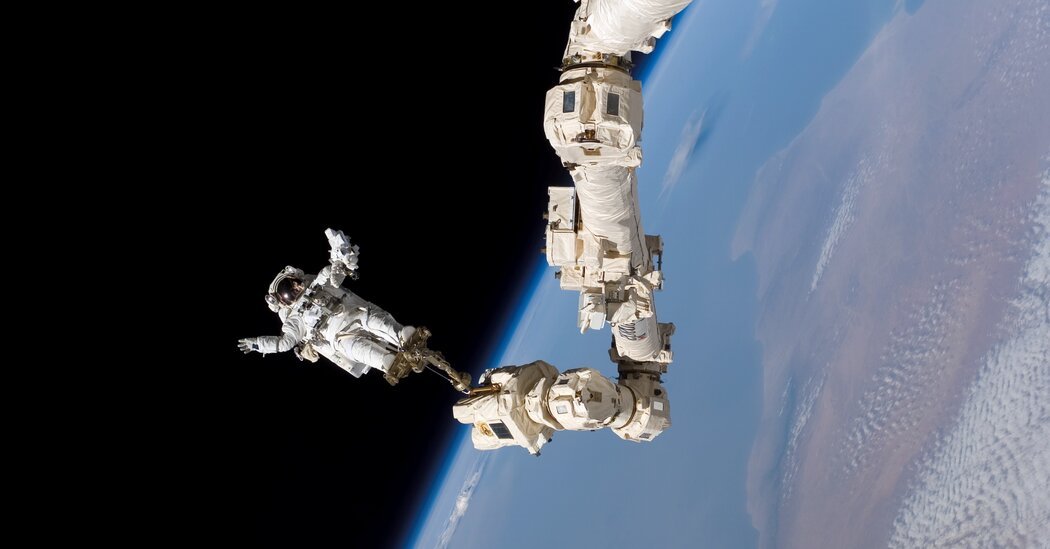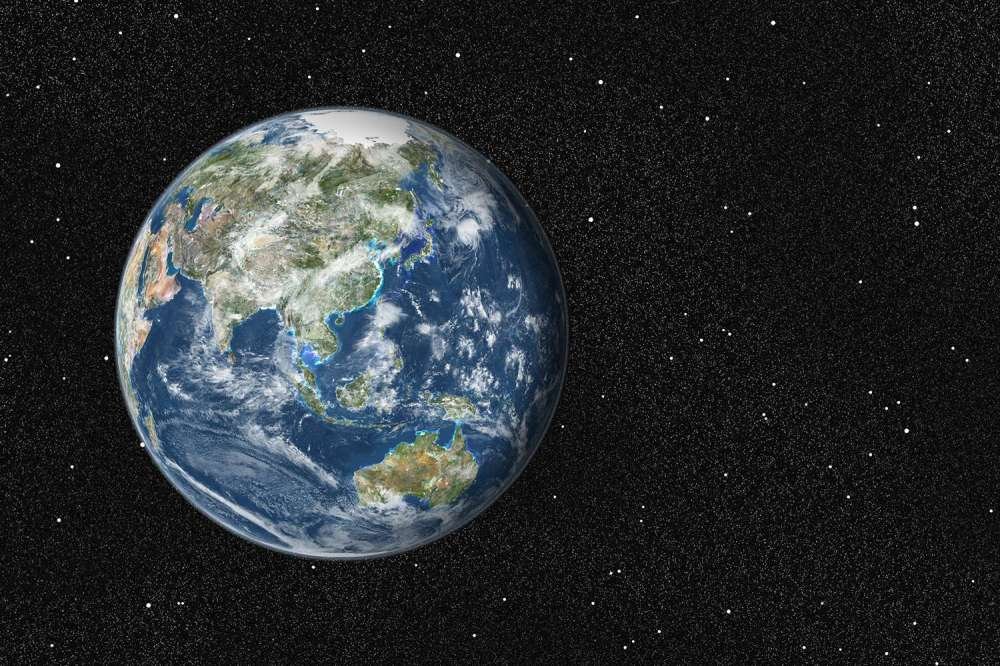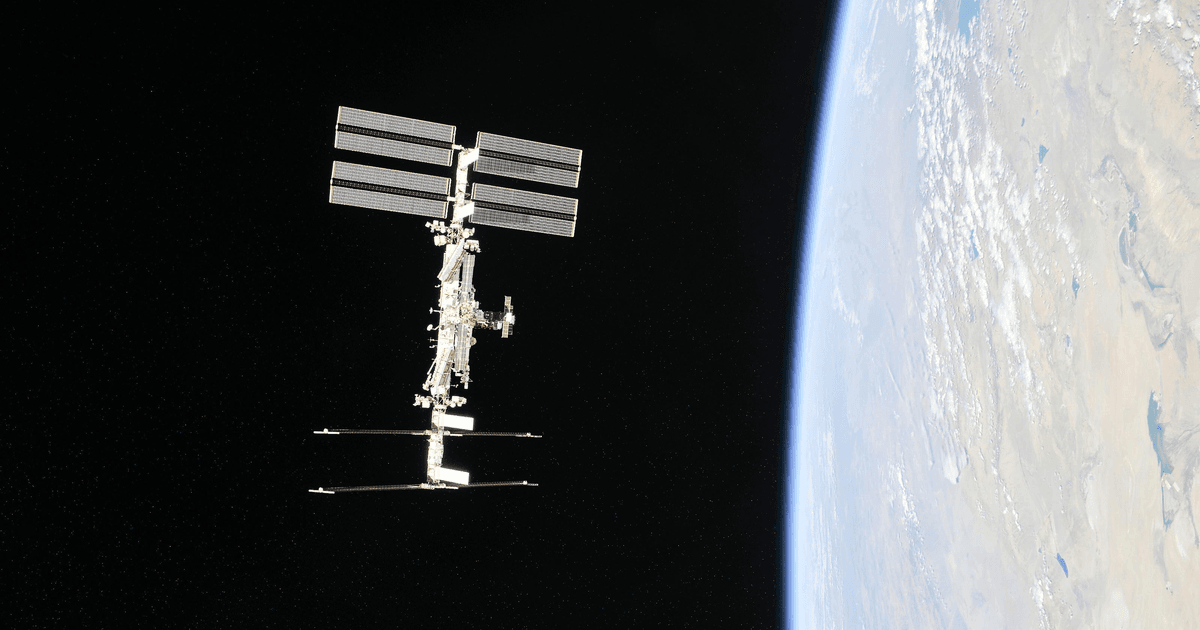Since the launch of the first artificial satellite by the Soviet Union in 1957, there are now over 7,000 individual satellites in orbit around Earth13. The almost 300 billion USD satellite economy includes telecommunications and internet infrastructure, the Global Positioning Service, Earth observation capabilities, national security satellites and more. Decreasing launch costs have enabled a variety of industries to benefit from satellite technologies to drive innovation and efficiency in their products and services. Satellite data improves prediction of and recovery from hazards and disasters around the world, as well as providing important insights into ecosystems, land use, the effects of climate change, deforestation and more, enabling smarter and more sustainable policy choices.
In 2020, almost 1,300 satellites were launched, the most ever in a year. By the end of April in 2021, 66 per cent of 2020's total had already been launched.14 Satellites have functional lifetimes of around 5-15 years. Space debris, or any human-made object in orbit about the Earth that no longer serves a useful function, impacts the safety of both robotic and crewed commercial, military and exploration spacecraft. Existing space treaties do not address space debris explicitly; there is neither a legal obligation to remove the debris, nor to bear the cost for its removal.15
Beyond the commercial satellite industry, another Earth orbit resource is energy from the Sun. While both China and Japan have explored the possibility of harvesting solar power in low-Earth orbit and beaming it back to Earth as a microwave or laser beam16, there's little indication that the lossy and risky business of space-based solar power will ever be cost-effective compared with energy generation on Earth.
Last but not least, the era of commercialisation of Earth orbit by space tourism has arrived. SpaceX became the first private company to take people into orbit, and now routinely delivers astronauts to the International Space Station. Blue Origin and Virgin Galactic are on the verge of operating commercial space enterprises focused on tourism. For these and other operators, reducing the cost of access to space is still a main goal. Safety is critical too: the way the industry deals with the first accidents involving the commercial space travel sector will be foundational for this business. Nevertheless, people who have visited space are set to become increasingly common.17
